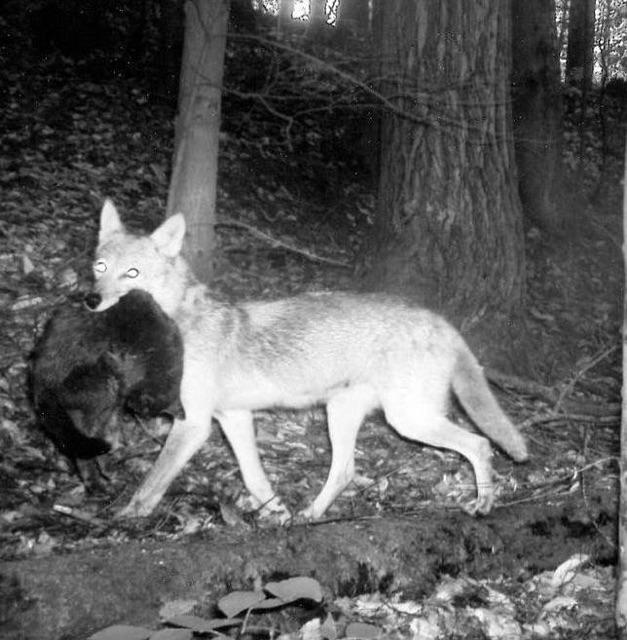That is the question being asked more and more often lately by city officials and homeowners in many urban areas across the country. Coyote populations have rapidly increased in the last decade due to several factors including their adaptability to any kind of environment and food source.
Coyotes are here to stay, many do not cause any type of problem and go about their business of hunting and raising young in very close proximity to humans. Some cross the line and can become a very serious problem for pets and humans.
So how do you determine if you have a coyote problem?
Dr. Robert Timm has been studying coyotes/coyote attacks in California for about thirty years and has developed what is known as the seven phases precipitating aggression towards humans.
- An increase in observing coyotes on streets and in yards at night
- An increase in coyotes approaching adults and/ or taking pets at night
- Early morning and late afternoon daylight observance of coyotes on streets and in parks
- Daylight observance of coyotes chasing or taking pets
- Coyotes attacking and taking pets on a leash or in close proximity to their owners: coyotes chasing joggers, bicyclists, and other adults
- Coyotes are seen in and around children’s play areas, school grounds, and parks mid-day
- Coyotes act aggressively towards adults during the day
Based on our extensive experience we feel that anytime a coyote takes a pet, that coyote needs to be removed before any other attacks occur. Once a coyote learns that a pet is a food source he will continue to pursue that food source.
We strongly feel that if a coyote exhibits any behavior referred to in steps #4 and higher. It has been our experience that only one or two coyotes in most situations need to be removed to solve the problem.
Please feel free to contact us to discuss individual situations you may be facing.
To read Dr. Timm’s paper, A History of Urban Coyote Problems follow the link http://digitalcommons.unl.edu/icwdm_wdmconfpnc

